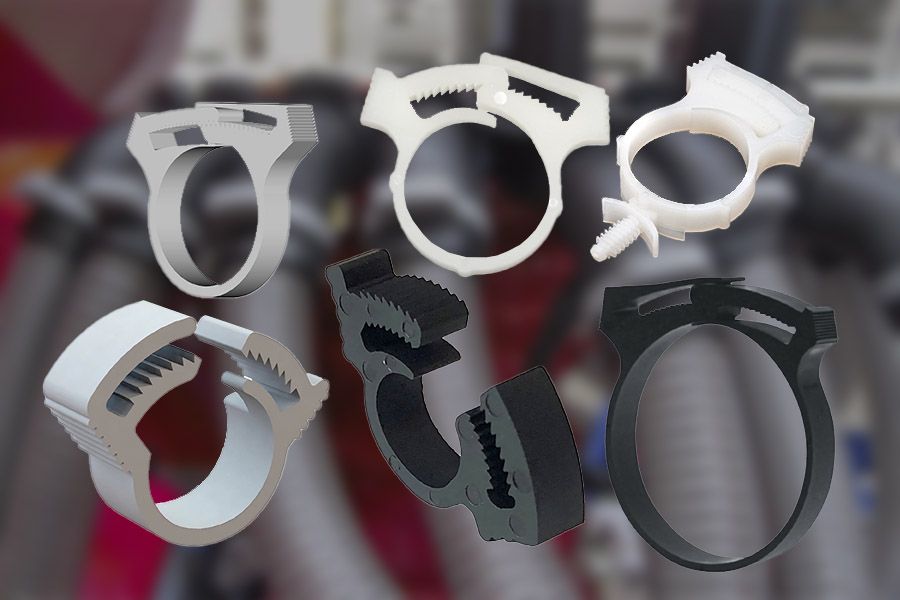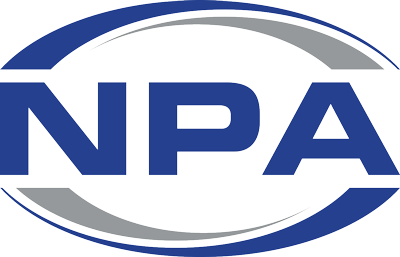
As a purchasing manager, you know that selecting the right components for your company's machinery and equipment is crucial. One such component that may seem small but plays a big role in keeping your systems running smoothly is the hose clamp. In this article, we'll provide an overview of hose clamps, their uses, and the different types available.
What are Hose Clamps?
A hose clamp is a mechanical device that is used to securely fasten a hose onto a fitting.
They are made of various materials, such as stainless steel, carbon steel, or plastic, and feature a band that wraps around the hose and a tightening mechanism that tightens the band, ensuring a secure and leak-free connection.
What are Hose Clamps Used For?
Hose clamps are used to connect hoses to a variety of equipment, such as pumps, valves, and engines, among others.
They are commonly used in the automotive, construction, and manufacturing industries, as well as in homes and other settings where water or fluid systems are present.
Hose clamps are essential in ensuring that hoses do not leak or become disconnected, which can lead to equipment damage or malfunction.
Different Types of Hose Clamps
There are several types of hose clamps available on the market, each designed for specific applications. Some common types include;
- Worm Gear Clamps- These are the most commonly used hose clamps and feature a screw that tightens the band around the hose.
- T-Bolt Clamps - These are used for high-pressure applications and feature a T-shaped bolt that tightens the band around the hose.
- Spring Clamps - These are used in low-pressure applications and feature a spring that holds the band in place around the hose.
- Double Grip Clamps - These are used in high-pressure applications and feature two bands that wrap around the hose and tighten independently.
- Standard Hose Clamp Sizes - Hose clamps come in a range of sizes to fit various hose diameters. The most common sizes range from ¼ inch to 2 inches in diameter. It is important to choose the correct size clamp for the hose to ensure a secure and leak-free connection.
Hose Clamp Colours
Black hose clamps are often preferred for automotive and industrial applications because they are less visible and blend in well with other components.
Silver hose clamps are also popular and can give a more polished look to the equipment. However, the colour of the hose clamp has no impact on its performance or function.
Ultimately, the choice of colour is a matter of personal preference or may be dictated by specific industry or company standards.
Hose clamps may seem like a small component, but they play an essential role in keeping your equipment and systems running smoothly.
As a purchasing manager, it is crucial to choose the right type and size of hose clamp for your equipment to ensure a secure and leak-free connection.
By understanding the different types of hose clamps and their uses, you can make informed decisions when selecting components for your company's machinery and equipment.
How to tighten hose clamps
Tightening hose clamps is a simple process that can be done in a few easy steps. Here's how:
- Identify the type of hose clamp you are working with. Depending on the type of clamp, the tightening method may differ slightly.
- Locate the screw or bolt that tightens the clamp. This is usually located on the underside of the clamp.
- Using a screwdriver or wrench, turn the screw or bolt clockwise to tighten the clamp. Be careful not to over-tighten the clamp, as this can cause damage to the hose or fitting.
- Once the clamp is tightened to the desired level, check for any leaks or signs of looseness. If the clamp appears to be loose or leaking, tighten it further until the leak stops.
- For spring clamps, simply squeeze the clamp with pliers to tighten it. Again, be careful not to over-tighten the clamp, as this can cause damage to the hose.
If you are unsure about how to tighten a particular type of hose clamp, consult the manufacturer's instructions or seek advice from a professional.
Overall, tightening hose clamps is a straightforward process that requires only basic tools and a little care. By ensuring that your hose clamps are properly tightened, you can help prevent leaks and other issues that can cause equipment damage or downtime.
Key purchasing considerations
When purchasing hose clamps for your company's machinery or equipment, there are several key considerations to keep in mind. Here are some of the most important factors to consider;
- Type of Hose - Different types of hoses require different types of hose clamps. For example, a fuel line may require a different type of hose clamp than a coolant line. It is important to choose a hose clamp that is appropriate for the type of hose being used.
- Hose Size - Hose clamps are available in various sizes to fit different hose diameters. It is important to select the correct size of hose clamp to ensure a secure and tight fit around the hose.
- Material - Hose clamps are made from various materials, including stainless steel, carbon steel, and plastic. The material chosen will impact the hose clamp's durability, strength, and resistance to corrosion.
- Design - There are several different designs of hose clamps, including worm gear, T-bolt, and spring clamps. The design chosen will depend on the application and the level of clamping force required.
- Maximum Pressure Rating - Hose clamps have a maximum pressure rating, which indicates the maximum pressure that the clamp can withstand before failing. It is important to choose a hose clamp with a maximum pressure rating that is appropriate for the application.
- Temperature Range - Hose clamps have a temperature range within which they can operate effectively. It is important to choose a hose clamp that can operate within the temperature range of the application.
- Corrosion Resistance - Depending on the application, hose clamps may be exposed to corrosive substances or environments. It is important to choose a hose clamp with a high level of corrosion resistance if needed.
- Regulatory Compliance - Depending on the industry and application, certain regulatory standards may need to be met. It is important to ensure that the hose clamps chosen meet any relevant regulatory requirements.
In conclusion, when purchasing hose clamps, it is important to consider the type of hose, hose size, material, design, maximum pressure rating, temperature range, corrosion resistance, and regulatory compliance.
By considering these factors, you can ensure that the hose clamps chosen provide a secure and reliable connection for your company's machinery and equipment.
If you’d like some advice on which hose clamps to choose, phone NPA today on (08) 8268 2733 or browse our online store here to see our extensive range.

